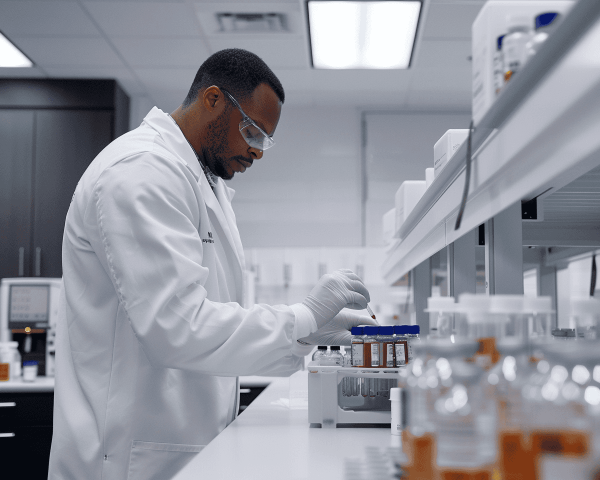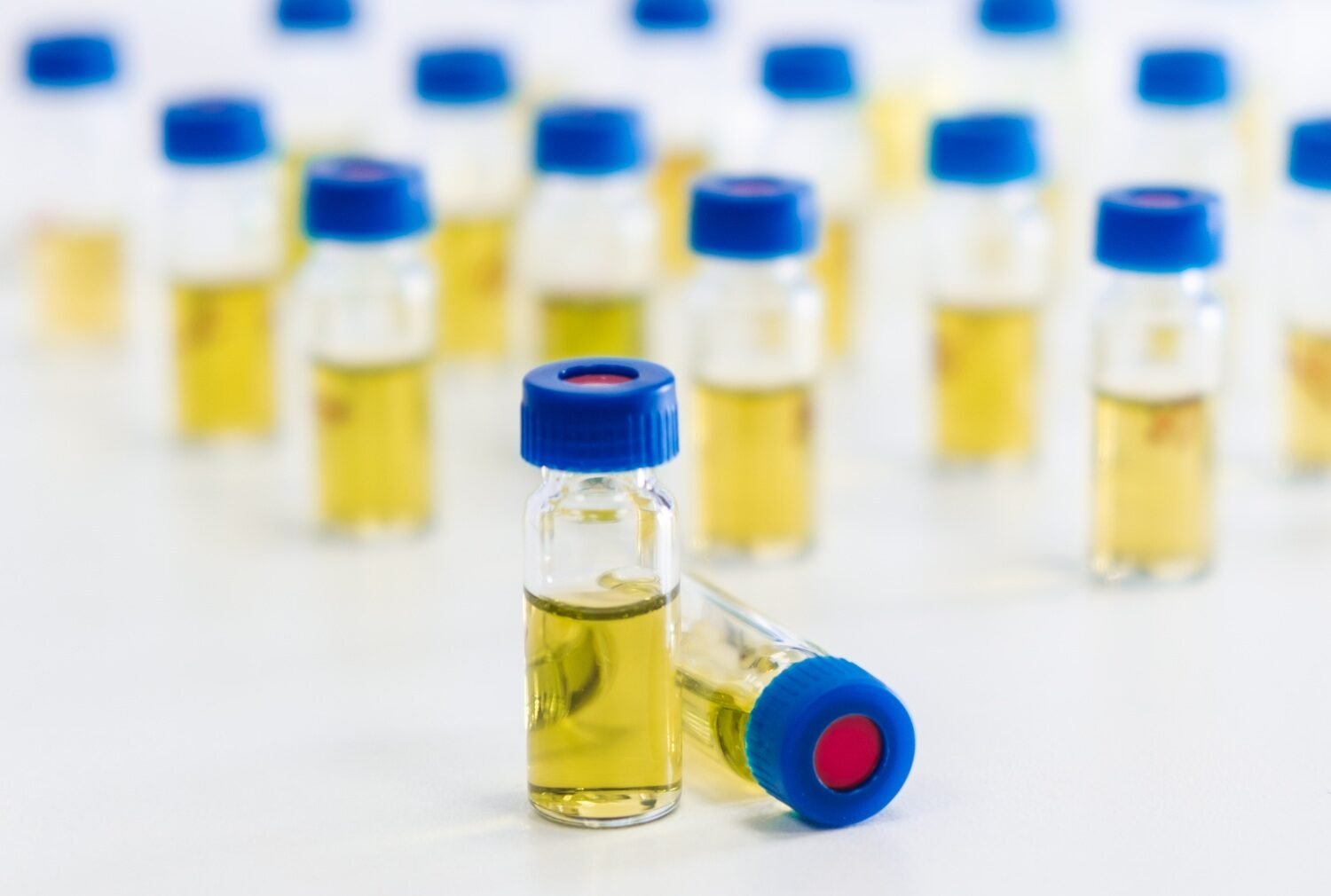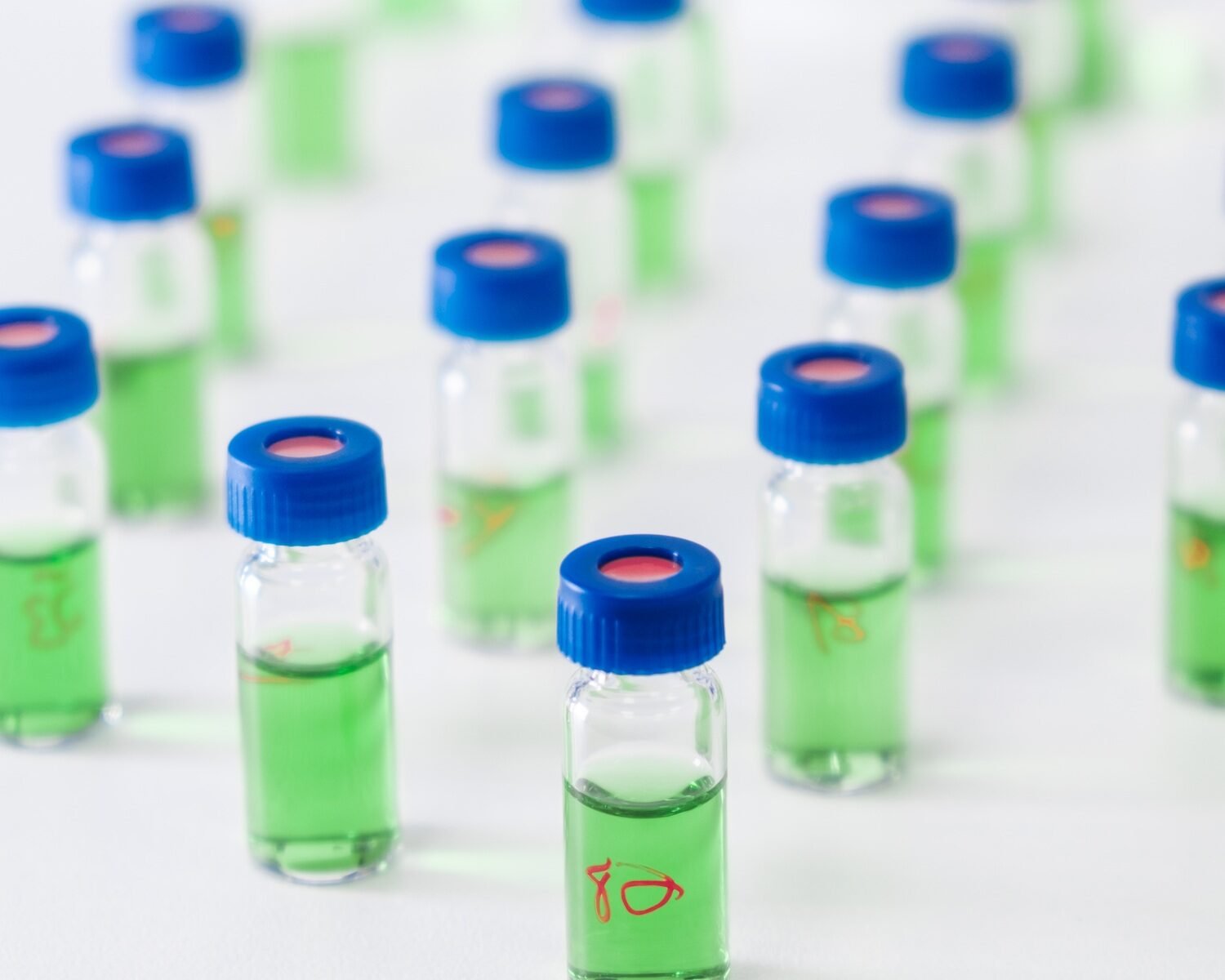Biotechnology is one of those fields that always seems to have new developments popping up every day. If you’ve heard the term tossed around in the news, or maybe in the context of healthcare, agriculture, or the environment, you might be wondering, “What is biotechnology really all about?” Is it just about modifying plants or creating new medicines? Or is it more than that? Let’s dive into it and explore how this exciting field is shaping the future of science, medicine, and even our daily lives.
A Field of Endless Possibilities
At its core, biotechnology is about using biological processes and organisms to create products and technologies that make our lives better. Imagine taking tiny microbes or cells, and using them to develop medicines, clean up environmental messes, or even create sustainable fuels. Biotechnology is a blend of biology, technology, and innovation—and it’s becoming one of the most powerful tools for solving some of the world’s most pressing challenges.
So, How Does It Work?
It’s simple enough in concept, but incredibly powerful in application. Essentially, biotechnology involves using living organisms, or the biological systems within them, to solve problems or produce new goods. In the past, humans have used biological processes in things like brewing beer, baking bread, or making cheese. But today, biotechnology extends far beyond these everyday uses. It taps into the complex biological mechanisms at the molecular level to develop revolutionary products in medicine, agriculture, and industry. Sounds pretty cool, right?
The Many Faces of Biotechnology
Biotechnology is not a one-size-fits-all field. It covers a wide range of areas, each contributing to different aspects of life and society. Let’s break it down into a few key sectors.

Medical Biotechnology: Saving Lives, One Discovery at a Time
Think about the medicines that help us fight off diseases and infections. Biotechnology has revolutionized the healthcare industry by allowing for the creation of life-saving drugs and vaccines. One great example is insulin, which is now produced through recombinant DNA technology instead of being extracted from animals. This technique allows for large-scale production of insulin, saving countless lives worldwide.
But it doesn’t stop there. Biotechnology is also key in areas like gene therapy, where scientists use genes to treat or prevent diseases. Some genetic disorders, like cystic fibrosis or sickle cell anemia, can now be addressed by repairing or replacing the faulty genes responsible. This area of biotechnology has even led to the development of personalized medicine, where treatments are tailored specifically to an individual’s genetic makeup.
What do you think about that? It’s pretty incredible, right? The potential to cure diseases that were once deemed untreatable is now a real possibility.
Agricultural Biotechnology: Revolutionizing Our Food Systems
We all need food to survive, but what if we could make that food better? More nutritious, more resilient to pests, or more tolerant to extreme weather conditions? This is where agricultural biotechnology steps in.
Through genetic modification, scientists can create crops that thrive in harsh environments. Take Bt-cotton, for example. It’s engineered to resist certain pests, reducing the need for harmful pesticides. Or consider Golden Rice, which has been genetically enhanced to contain Vitamin A, addressing widespread nutritional deficiencies in developing countries.
The exciting part? It doesn’t just stop with food. Biotechnology also plays a huge role in improving livestock, increasing their productivity and resistance to diseases, making them healthier and more efficient.
Can you imagine a world where hunger and malnutrition are no longer a problem? Biotechnology is making that dream more attainable than ever.
Industrial Biotechnology: Creating a Sustainable Future
Now, let’s talk about how biotechnology can help industries reduce their environmental impact. In recent years, industrial biotechnology has been transforming manufacturing processes. Enzymes, for example, are used to make products like detergents and biofuels more efficiently.
The best part is, many of these processes are more eco-friendly than traditional methods. Biofuels, like ethanol, are derived from organic materials like plants, offering a cleaner alternative to fossil fuels. And bioplastics are being created to replace harmful plastic products that end up in landfills and oceans.
So, what do you think? Could industrial biotechnology be the key to a greener future? The possibilities are endless.
Environmental Biotechnology: Saving the Planet
Speaking of a greener future, environmental biotechnology is another critical area of research. It focuses on using biological processes to clean up pollutants, reduce waste, and even produce energy from renewable sources.
Bioremediation, for instance, involves using microorganisms to break down hazardous substances in polluted environments. This technique has been used to clean up oil spills and heavy metal contamination in soils and water. It’s nature’s way of cleaning up after us!
Moreover, biotechnology is helping develop renewable energy sources, such as biofuels, that reduce our dependence on fossil fuels and help fight climate change. How great would it be to power our homes and industries with clean, sustainable energy derived from plants and waste products?
Why Is Biotechnology Important?
The more I learn about biotechnology, the more I realize just how crucial it is for solving some of the world’s biggest problems. From curing diseases and improving healthcare, to addressing food security and creating a sustainable planet, biotechnology touches almost every part of our lives. It holds the potential to change the way we live, work, and interact with the environment.
But here’s the thing—biotechnology is not just about the science. It’s about the future. It’s about making the world a better place for generations to come. And the best part? We’re just scratching the surface.
The Future of Biotechnology: What’s Next?
So, what’s next? Biotechnology is evolving rapidly, and new technologies are emerging every day. We’re already seeing breakthroughs in areas like CRISPR gene editing, which could lead to cures for genetic diseases. There’s also ongoing research into bioplastics and biodegradable materials that could change how we manufacture and consume products.
I think one of the most exciting developments is the increasing focus on sustainability. Biotechnology offers solutions for cleaner energy, waste management, and sustainable agriculture that could help create a more balanced world. Imagine a society where pollution is reduced, energy is clean, and food is abundant and healthy. That’s the promise of biotechnology.
Conclusion: Embrace the Potential of Biotechnology
In conclusion, biotechnology is not just a buzzword or a trend. It’s a field that has the potential to reshape industries, improve lives, and tackle some of the world’s toughest challenges. Whether in healthcare, agriculture, or environmental protection, the impact of biotechnology is undeniable. So, do you agree? Could biotechnology be the key to a better future?
If you’re as excited about the potential of biotechnology as I am, it’s worth keeping an eye on how these innovations evolve and how they can make a real difference. Let’s stay curious, stay informed, and most importantly, embrace the possibilities that biotechnology brings to the table. It’s a brave new world—and it’s just getting started.
Here are some relevant articles on biotechnology that you can refer to for a deeper understanding of the topic:
- What is Biotechnology? An Overview – Careers360
- This article provides a broad overview of biotechnology, its various fields, and its applications in different industries like medicine, agriculture, and the environment.
- Read the article here – Careers360.
- Biotechnology: Principles and Processes – Biology Quest
- A detailed explanation of the fundamental principles behind biotechnology, from basic biological concepts to advanced applications.
- Read the article here – Learn Biology – Biology Quest.
These resources will give you a solid foundation to understand the various aspects of biotechnology and how it is transforming different industries.











